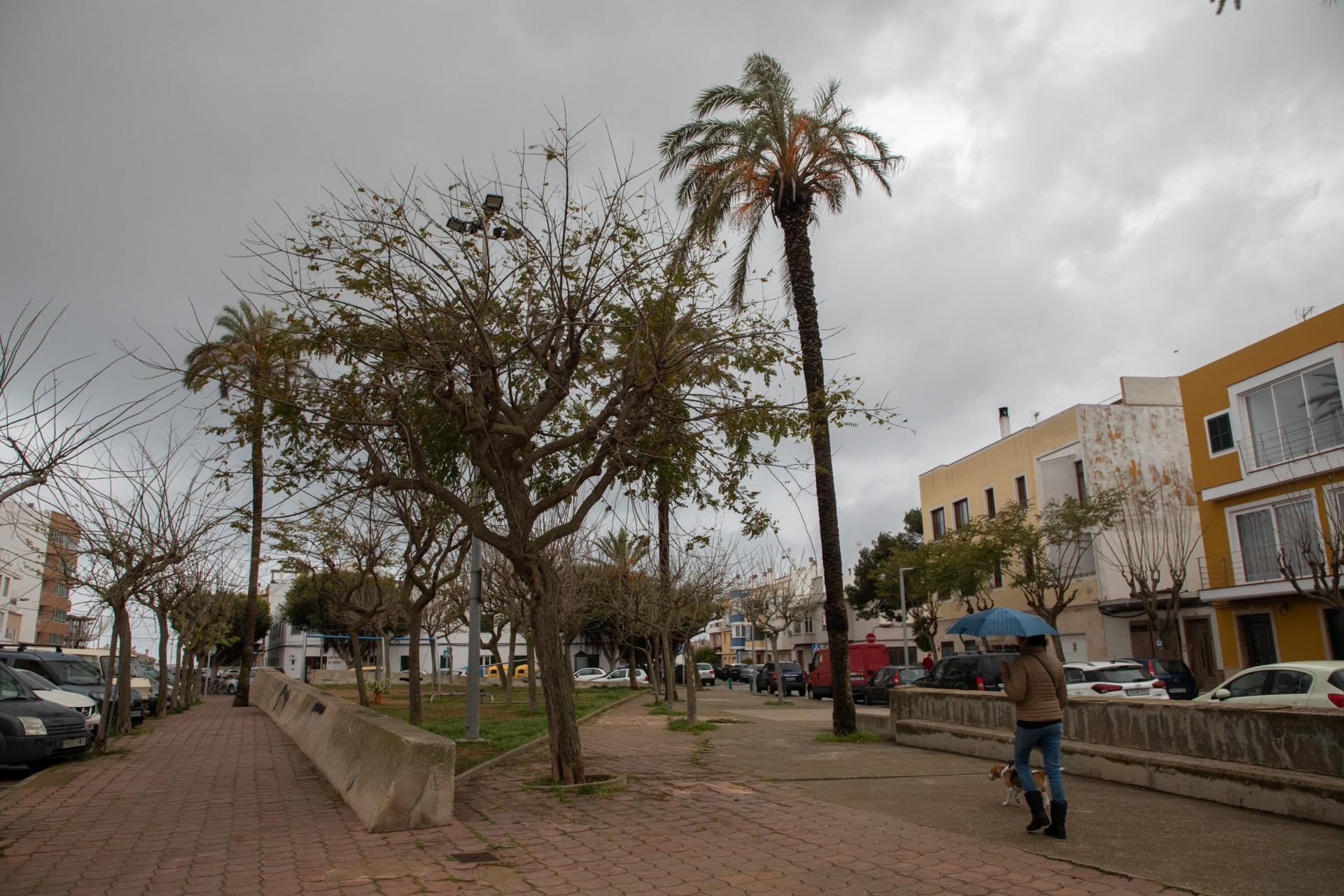He said that last year there was a similar case of Saharan dust of "similar" intensity, but for a shorter period and it did not affect the whole of the country.
The expert hopes that the rain will help to clean the atmosphere, but warns that "for two or three days there will continue to be high amounts of dust in suspension in the atmosphere", causing more mud showers.
With regards to the influence of climate change on this phenomenon known colloquially as calima, Werner said that the relationship is not clear, but what is certain is that the arrival of suspended dust depends on the source of origin and, in this case, the Sahara has increased its extension by 10 percent over the last century. "If the source of active dust is larger, there is greater potential," he said.
"This is an intense event, but this type of event typically occurs once or twice a year, normally in February or March, when a low-pressure system over Algeria and Tunisia gathers up dust and carries it north to Europe.
Dust can reach the U.K., or even Iceland, as it did last year," Carlos Perez Garcia, a researcher studying atmospheric dust at the Barcelona Supercomputing Centre added.


2 comments
To be able to write a comment, you have to be registered and logged in
Despite all the warnings, I've seen far worse than this in past years. Previously, I've had to scrape the red mud off with an ice scraper. This time, 5 seconds of windscreen wipers did the trick.
So, will wearing Masks help to filter the dust from being inhaled ?